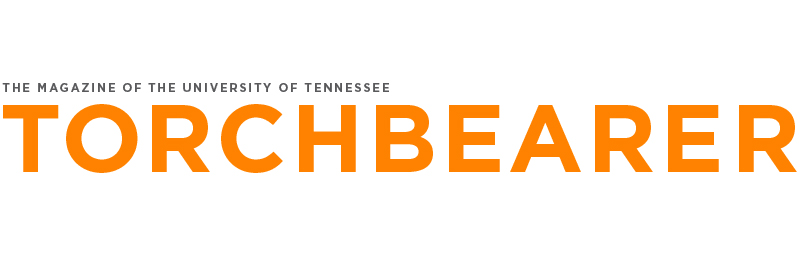“Flying is an exhilarating experience that ?commands 100 percent of your concentration…. When you are released from the earth, you are totally free.”
Matt Chojnacki has quite the relationship with land—be it on Earth or Mars—but it’s when he leaves the ground and soars through the sky that the world takes special notice.
Since his childhood in Colorado, Chojnacki has had two main passions in life: planetary science and aerial skiing. While most people would think the only thing these two vocations have in common is perhaps their relative obscurity, Chojnacki would beg to differ.
“Both require a persistent work ethic and an element of creativity to do or discover something that hasn’t been done or found before,” says Chojnacki, a PhD candidate in UT’s Department of Earth and Planetary Sciences.
Chojnacki has done more than thrive when it comes to his love of aerial acrobatics. At 14, he joined a ski team after falling in love with aerial skiing because of the “speed, height, acrobatics, and the amazing potential for spectacular crashes.”
He was a member of the US Ski Team and a US Olympian in 1998. In April 2001, he flew through the Colorado sky and captured a Guinness world record for the greatest number of twists and somersaults achieved in a freestyle jump with his quadruple-twisting, quadruple-backflip jump.
“Flying is an exhilarating experience that commands 100 percent of your concentration,” he says. “When you are released from the earth, you are totally free. Coming back down is mandatory, but you can choose the manner in which you fall and land.”
Throughout the years, he has kept up with the sport through his work with the US Ski Team. Chojnacki travels to Park City, Utah, each summer to jump and help out his former team.
Even when on land, Chojnacki turns his eyes toward the sky as he researches data and images from the Mars Odyssey satellite and the Mars Exploration rover mission. Recently, he has focused on the geologic, morphologic, and climatic evolutions of Mars with a particular interest in the concept of “comparative planetology” and finding similarities and differences between the inner planets.
“We have a lot to learn about our changing planet Earth,” Chojnacki says. “And it’s vital that we study examples of similar worlds that have also sustained substantial climatic and environmental changes.”
Chojnacki has a degree in physics and one in planetary science, both from the University of Colorado in Boulder. He considers it a privilege to be able to share the things he has learned with others and does so as a graduate assistant.
But when the season returns and the sky calls, he heads for Utah and once again prepares for takeoff.

